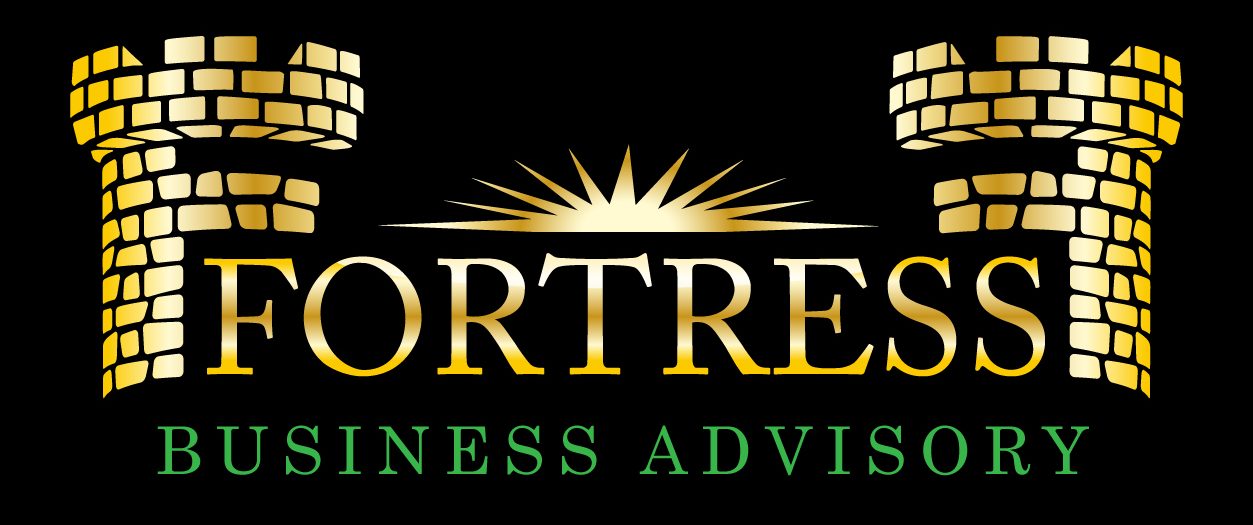A fundamental aspect of a successful business exit is assuring that your business has enough value to allow you to exit with financial security. This, coupled with wisely invested non-business assets, gives you the best chance to pursue the Exit Path you want on the timeline you want. Obtaining a proper, professional business valuation is the first step in determining how much your company is worth, but what happens if the valuation shows that your business isn’t worth enough to allow you to exit your business with financial security? How can you increase your business’ value if everything that’s made it successful thus far isn’t enough?
The answer lies in installing Value Drivers.
What Are Value Drivers?
Value Drivers are specific business characteristics that drive growth. While each business is unique, there are six areas of your business that, with focus and a little time, can have the greatest impact on your company’s value.
Next-generation management.
Operating systems demonstrated to increase cash flow sustainability.
Demonstrated scalability.
Diversified customer base.
Proven growth strategy.
Recurring revenue that is sustainable and resistant to commoditization.
The existence of next-generation management appears first because it is the most important Value Driver. The others are ordered by how likely they are to affect business value.
Why Establishing Value Drivers Matters
Growing business value and cash flow can help you close the gap between what your business is currently worth and what it must be worth to satisfy your exit goals. Thus, growing business value and cash flow is key to your ability to exit when you want and for the money you need.
Beyond the enormous benefit of being able to leave on your own terms, there are other benefits of identifying and enhancing Value Drivers:
Perspective. Identifying and enhancing Value Drivers can help you view your business through the eyes of a prospective buyer or another successor owner, such as a business-active child. This helps you overcome sentimental attachments to your company and decisions that only benefit you personally.
Action. Because you’ve already set your goals and determined how much your business is worth, you know how much and how quickly growth needs to occur. (If you have not yet set business-exit goals or obtained an estimate of value, contact us to get started.)
Triage. By identifying Value Drivers in your business, you can concentrate your efforts (and management’s efforts) on areas that need the greatest improvement. Your business is obviously successful, but even the best-run businesses have areas that need improvement.
Contact us today to begin identifying, prioritizing, and installing the Value Drivers your company needs for you to leave your business on your terms.
The information contained in this article is general in nature and is not legal, tax or financial advice. For information regarding your particular situation, contact an attorney or a tax or financial professional. The information in this newsletter is provided with the understanding that it does not render legal, accounting, tax or financial advice. In specific cases, clients should consult their legal, accounting, tax or financial professional. This article is not intended to give advice or to represent our firm as being qualified to give advice in all areas of professional services. Exit Planning is a discipline that typically requires the collaboration of multiple professional advisors. To the extent that our firm does not have the expertise required on a particular matter, we will always work closely with you to help you gain access to the resources and professional advice that you need.
This is an opt-in newsletter published by Business Enterprise Institute, Inc., and presented to you by our firm. We appreciate your interest.
Any examples provided are hypothetical and for illustrative purposes only. Examples include fictitious names and do not represent any particular person or entity.


